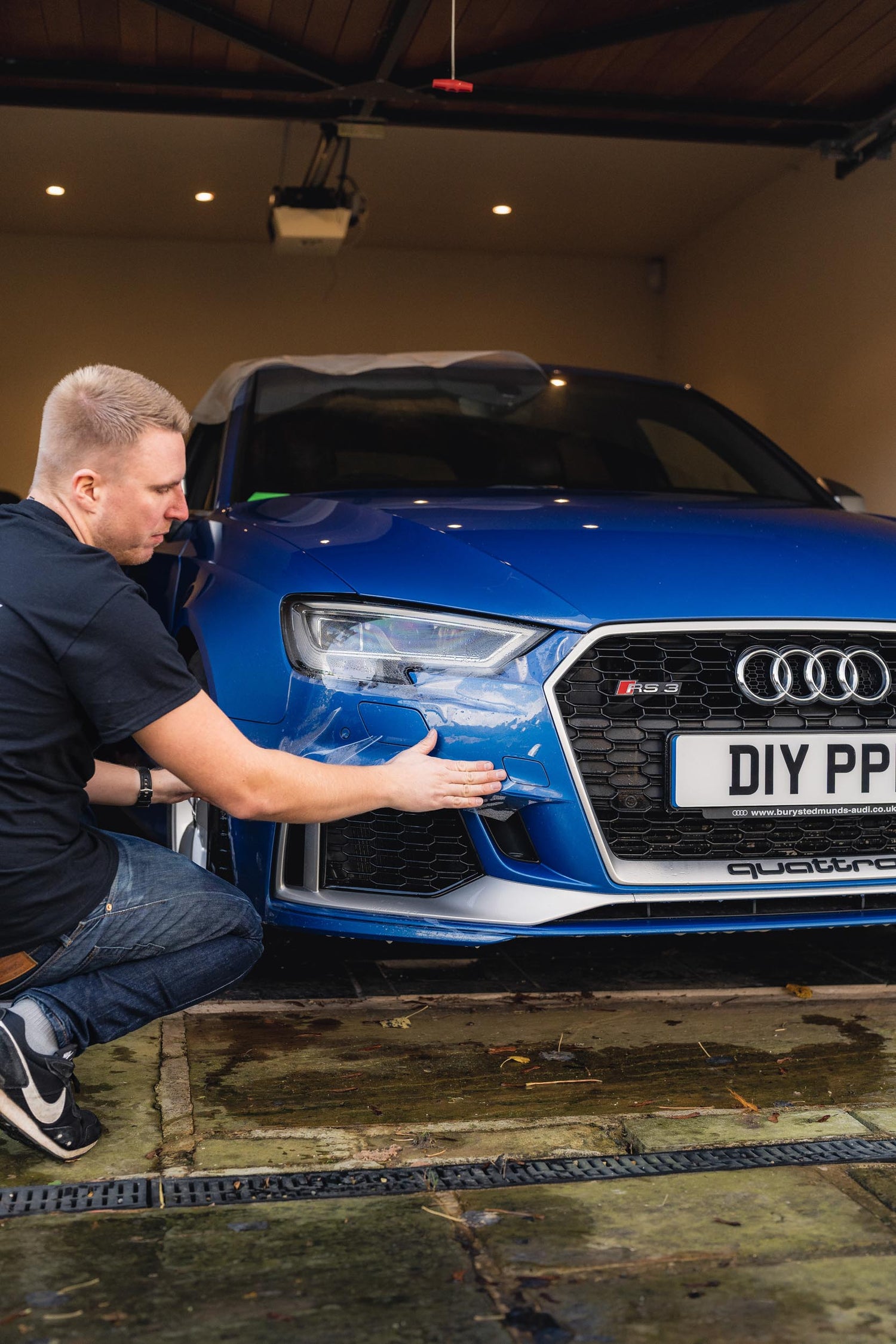Paint protection film (PPF) is a remarkable solution that provides a transparent shield for your vehicle's paintwork. Understanding the science behind its composition and functionality can help you appreciate the benefits it offers in protecting your car. In this blog post, we will delve into the science behind paint protection film and explore how it works to safeguard your vehicle's paint.
Understanding the Composition: Paint protection film is a multi-layered material, typically made of thermoplastic urethane. It consists of several layers working in tandem to provide effective protection. The film comprises a clear top coat, an adhesive layer, and a flexible urethane film layer. These layers are carefully formulated to balance transparency, durability, and functionality.
Self-Healing Properties: A notable feature of paint protection film is its self-healing properties. The film contains elastomeric polymers that allow it to "heal" from minor scratches and swirl marks. When exposed to heat, such as from sunlight or warm water, the film's elastomeric properties enable it to reform and revert to its original shape, effectively minimising the appearance of superficial scratches and maintaining the film's integrity.
Impact Resistance: PPF is engineered to absorb and disperse impact energy, making it highly resistant to damage from road debris and minor collisions. The flexible urethane film layer acts as a shock absorber, absorbing and distributing the force across a wider area. This helps to minimise the risk of chips, scratches, and other forms of damage caused by impacts, ensuring your vehicle's paint remains protected.
UV Protection: The transparent top coat of paint protection film serves as a barrier against harmful ultraviolet (UV) rays. UV radiation from the sun can cause paint fading, discolouration, and oxidation over time. The top coat in PPF is designed to reflect and absorb a significant portion of the UV rays, shielding the underlying paint and reducing the risk of sun damage.
Chemical Resistance: Another important aspect of paint protection film is its chemical resistance. It acts as a protective barrier against environmental contaminants, such as acidic substances, bird droppings, tree sap, and bug splatters. These contaminants can cause permanent damage to the paint if left untreated. PPF's chemical resistance minimises the risk of stains, etching, and discolouration, ensuring your vehicle maintains its pristine appearance.
Optical Clarity: Maintaining the visual aesthetics of your vehicle is crucial, and high-quality paint protection film excels in this regard. The film is designed to offer excellent optical clarity, allowing the true colour and finish of your vehicle's paint to shine through. Through advanced manufacturing techniques and a clear top coat, the film provides near-invisibility, ensuring your vehicle looks its best while being protected.
In summary paint protection film combines innovative technology and careful design to provide an effective shield for your vehicle's paint. With its multi-layered composition, self-healing properties, impact resistance, UV protection, chemical resistance, and optical clarity, PPF offers comprehensive protection while maintaining the visual appeal of your car. Understanding the science behind paint protection film highlights its effectiveness in preserving your vehicle's paint and ensuring its long-lasting beauty.


